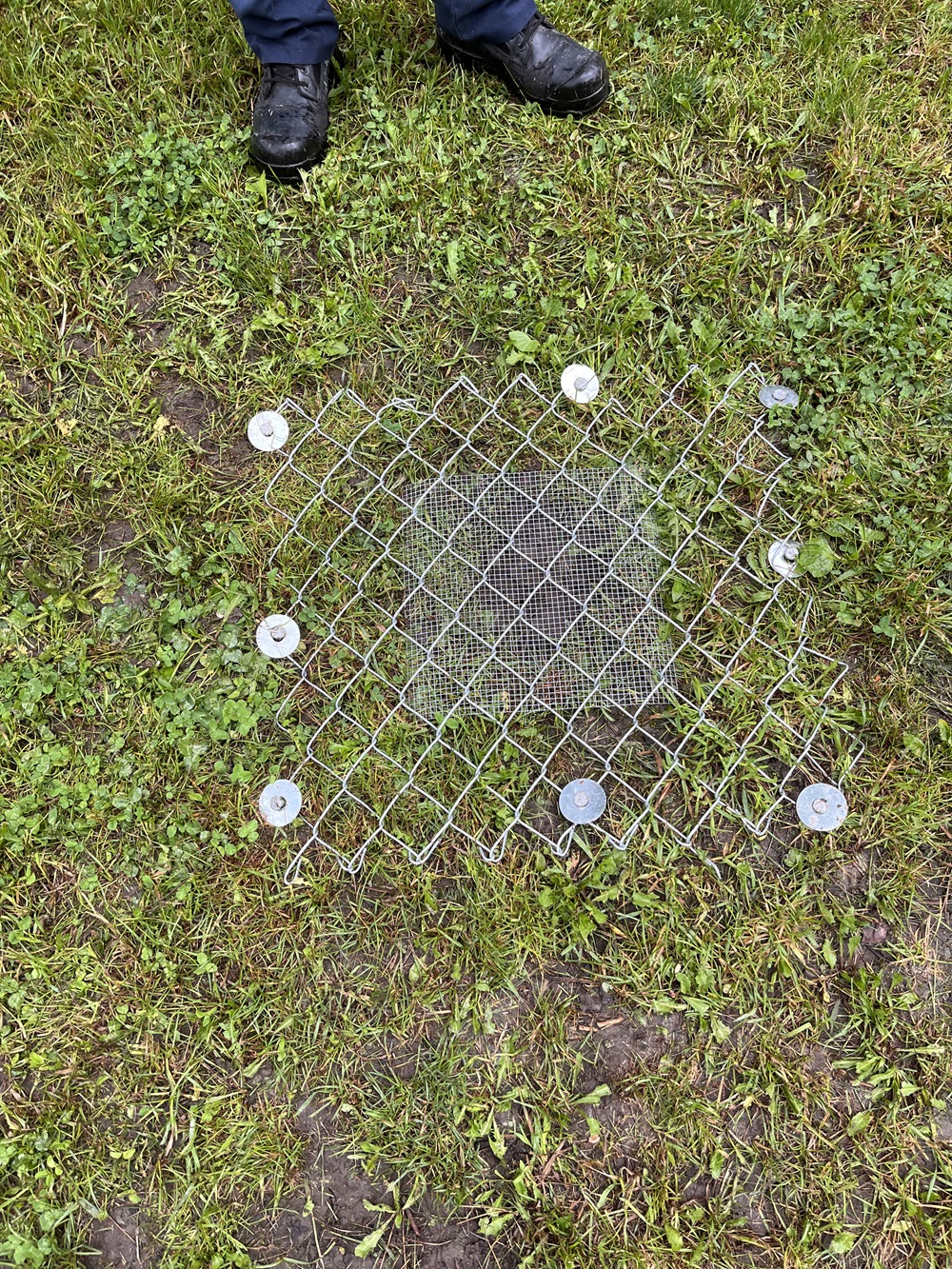
Presqu'ile Provincial Park is home to five species of turtles. The most common are the Snapping and Painted Turtles. Blanding's Turtles are somewhat common. Map and Stinkpot (also called Musk) Turtles are rare but are sometimes spotted at Presqu'ile. These amazing creatures have roamed the earth for millions of years. Once a turtle reaches maturity, it can live for 50 years or more. However, maintaining a stable turtle population is difficult. Turtle eggs and young hatchlings are frequently devoured by predators or hit by vehicles. Losing adult turtles to encounters with automobiles has become the greatest single threat to turtle survival.
The solution included erecting special fencing along the main hazard zone to keep the reptiles and amphibians off the road. This low black fencing can readily be seen along the roadside on the main road. In addition, two tunnels were erected under the roadway to allow the wildlife to cross safely. Mortality decreased dramatically.
Another important component of the action plan to save the turtles was the building of special gravel nursery beds. These soft mounds are easily accessible when the turtles come out of the water every June to lay their eggs. Previously, turtles were often making their nests in the gravel shoulders of the roadway, making the nests easy targets for predators and making both adults and hatchlings vulnerable to being hit by cars.
Although turtle nests may look simple to the casual observer, they are, in fact, quite complex. The soft mounds are strategically placed near the fencing. The turtle digs a hole in these mounds to lay her eggs. The female does not stay with the nest or raise the hatchlings.
 Once the eggs have been laid in the nest, a large screen, made of chain link fencing, is nailed into the ground using 10-inch spikes by park Biodiversity staff. Experience taught the staff that shorter nails could be pulled up for raccoons looking for a tasty snack. A smaller screen is put directly over the nest, to prevent raccoons from digging through the chain link fencing (See photo). This smaller screen is removed in mid-August to allow the hatchlings to emerge. Along with monitoring these turtle nurseries, park staff also protect nests found in other areas of the park.
Once the eggs have been laid in the nest, a large screen, made of chain link fencing, is nailed into the ground using 10-inch spikes by park Biodiversity staff. Experience taught the staff that shorter nails could be pulled up for raccoons looking for a tasty snack. A smaller screen is put directly over the nest, to prevent raccoons from digging through the chain link fencing (See photo). This smaller screen is removed in mid-August to allow the hatchlings to emerge. Along with monitoring these turtle nurseries, park staff also protect nests found in other areas of the park.
In addition to this one protected area, staff have identified the need for more fencing and tunnels, as well as the replacement of the existing fences. Stay tuned for more news about this exciting project. Plans and costs are being prepared this fall.


